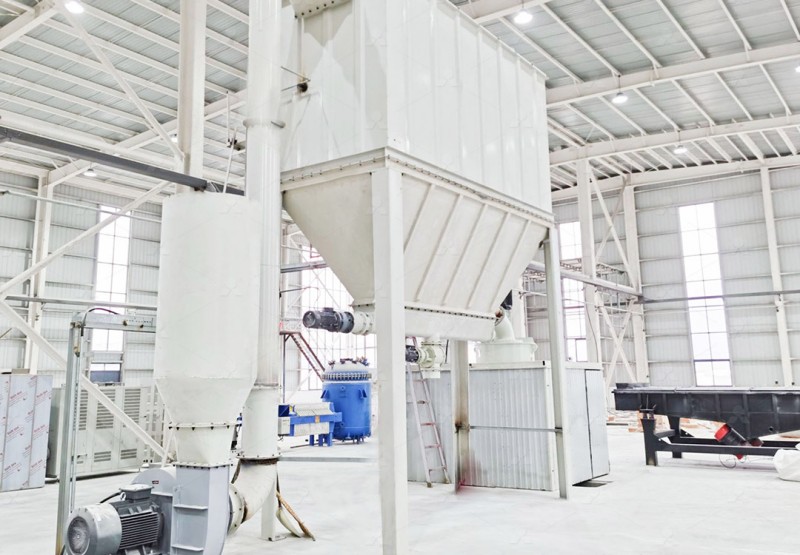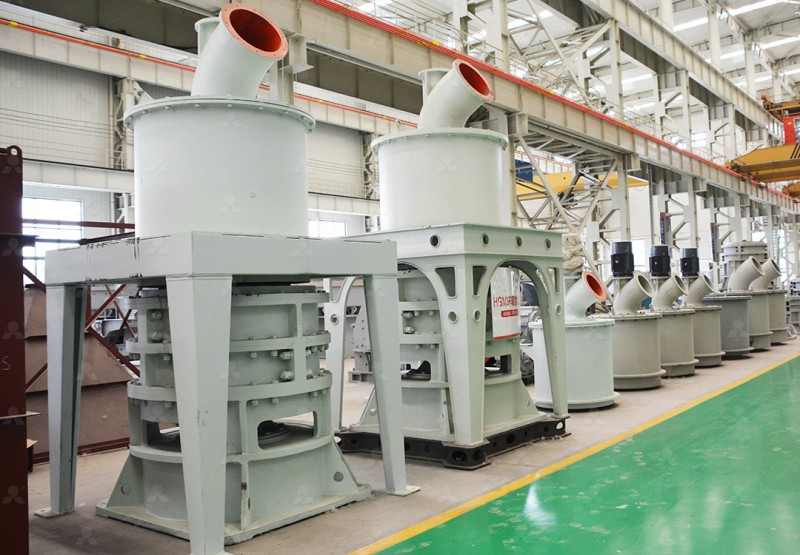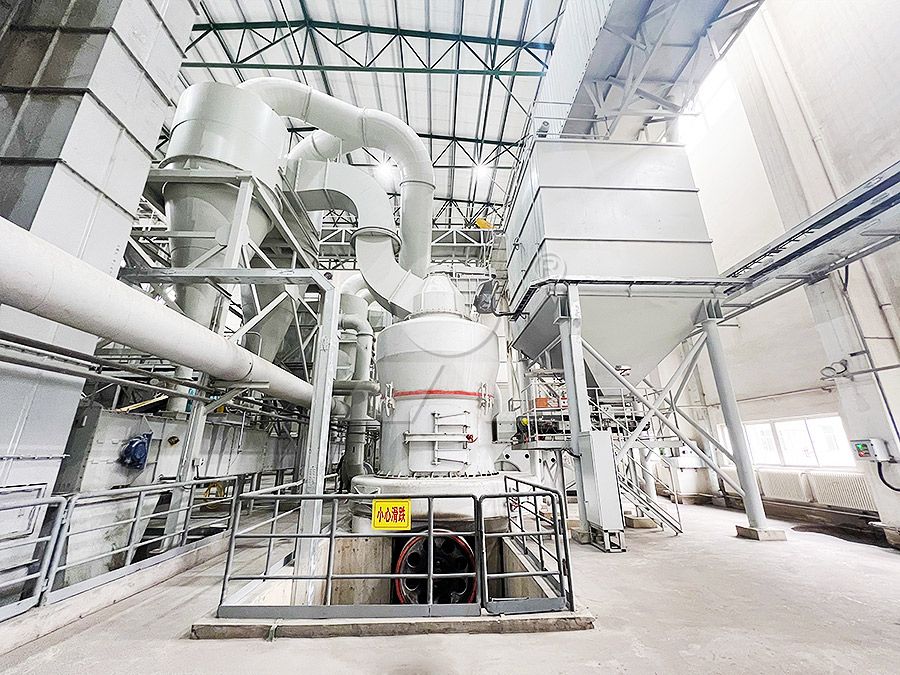How to Choose the Right Grinding Mill for Hydrated Lime
How to Choose the Right Grinding Mill for Hydrated Lime
Selecting the optimal grinding mill for hydrated lime production is a critical decision that directly impacts your operational efficiency, product quality, and bottom line. Hydrated lime, with its diverse applications in water treatment, construction, chemical processes, and environmental remediation, demands precise particle size distribution and high purity. The wrong equipment choice can lead to excessive energy consumption, inconsistent product quality, and frequent maintenance downtime.

Key Considerations for Hydrated Lime Grinding
When evaluating grinding mills for hydrated lime, several factors require careful consideration. The chemical composition and moisture content of your raw material significantly influence mill selection. Hydrated lime typically requires fine to ultra-fine grinding to achieve the necessary reactivity and surface area for most industrial applications.
Production capacity requirements dictate the mill size and configuration. Operations ranging from small-scale specialty chemical production to large-volume construction material manufacturing have vastly different throughput needs. The target particle size distribution is equally crucial – while some applications require standard 200-mesh powder, others demand ultra-fine particles below 10 microns.
Energy efficiency has become increasingly important with rising power costs and environmental regulations. Modern grinding technologies can reduce energy consumption by 30-50% compared to traditional ball mills. Operational and maintenance costs, including spare parts availability and service requirements, significantly impact total cost of ownership.
Advanced Grinding Technologies for Lime Processing
Contemporary grinding mill designs offer substantial advantages over conventional equipment. Vertical roller mills provide excellent drying capabilities and energy efficiency, making them suitable for materials with moderate moisture content. Their compact footprint and integrated drying-grinding-classifying system reduce overall plant space requirements.
European trapezium mills deliver reliable performance for medium to fine grinding applications. Their robust construction and advanced powder separation systems ensure consistent product quality with minimal oversize particles. The dilution oil lubrication system reduces maintenance frequency and extends bearing life.
For operations requiring ultra-fine hydrated lime powder with precise particle size control, the MW Ultrafine Grinding Mill represents a technological breakthrough. This advanced mill achieves fineness between 325-2500 meshes (approximately 45-5 microns) with exceptional precision. The innovative design eliminates rolling bearings and screws within the grinding chamber, addressing common failure points that plague traditional ultrafine grinding equipment.

MW Ultrafine Grinding Mill: Engineered for Excellence
The MW Ultrafine Grinding Mill stands out for hydrated lime processing due to its exceptional efficiency and reliability. With an input size capability of 0-20 mm and capacity ranging from 0.5 to 25 tph, it accommodates various production scales. The mill’s cage-type powder selector, incorporating German technology, ensures precise particle separation and consistent product quality.
What truly distinguishes the MW mill is its energy efficiency – consuming only 30% of the energy required by jet mills while delivering 40% higher production capacity. The external lubrication system allows continuous 24-hour operation without shutdowns for maintenance. Combined with efficient pulse dust collection and noise reduction features, the MW mill operates in full compliance with environmental standards.
For operations requiring different specifications, the LUM Ultrafine Vertical Grinding Mill offers complementary advantages with its input size of 0-10 mm and capacity of 5-18 tph. Integrating the latest grinding roller technology from Taiwan and German powder separating technology, the LUM mill provides exceptional grinding efficiency for superfine dry powder production.
Making the Right Investment Decision
Beyond technical specifications, successful mill selection requires evaluating the manufacturer’s support capabilities. Comprehensive technical services, genuine spare parts availability, and responsive customer support ensure long-term operational reliability. Digitalized processing with numerically controlled machine tools guarantees high precision manufacturing, particularly for core components that determine mill performance and longevity.

The right grinding mill transforms hydrated lime processing from a cost center to a competitive advantage. By matching mill capabilities to specific production requirements and considering total cost of ownership rather than just initial investment, operations can achieve optimal efficiency, product quality, and profitability.
Frequently Asked Questions
What is the typical particle size range for hydrated lime in construction applications?
Most construction applications require hydrated lime powder between 200-325 mesh (74-44 microns). For specialized applications requiring higher reactivity, finer grinding to 800-1250 mesh (18-10 microns) may be necessary.
How does the MW Ultrafine Grinding Mill achieve higher energy efficiency?
The MW mill incorporates newly designed grinding curves for the roller and ring that enhance grinding efficiency. It consumes only 30% of the energy used by jet mills while providing 40% higher capacity, and delivers twice the output of ball mills with equivalent power consumption.
What maintenance advantages does the MW Ultrafine Grinding Mill offer?
By eliminating rolling bearings and screws within the grinding chamber, the MW mill removes common failure points. The external lubrication system enables maintenance without production shutdowns, and the robust construction ensures reliable 24-hour operation.
Can the same mill process both quicklime and hydrated lime?
While some mills can process both, optimal results come from equipment specifically configured for each material. Hydrated lime requires careful moisture control and different grinding parameters compared to quicklime. The MW Ultrafine Grinding Mill is particularly well-suited for hydrated lime’s specific characteristics.
What environmental benefits do modern grinding mills provide?
Contemporary mills like the MW series incorporate efficient pulse dust collectors that eliminate dust pollution and silencers that reduce operational noise. The fully enclosed systems operate under negative pressure, ensuring compliance with stringent environmental standards.
